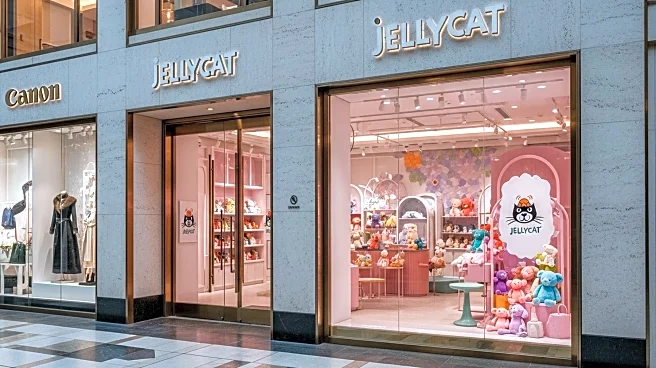What is the story about?
What's Happening?
Gérard Lhéritier, once celebrated as 'the king of manuscripts,' is facing trial in Paris on charges of commercial deception and gang fraud. Lhéritier, who amassed a significant collection of manuscripts through his company Aristophil, is accused of inflating asset values and operating a Ponzi scheme. The trial, expected to last until October 3, involves allegations of financial prejudice amounting to €1.2 billion. Lhéritier's collection, which included writings by historical figures like Napoleon and Beethoven, was sold in a shared ownership scheme promising high returns. Despite the liquidation of Aristophil and the auctioning of its assets, Lhéritier maintains his innocence, claiming the collapse was due to asset seizures by the state.
Why It's Important?
The trial of Gérard Lhéritier is significant as it highlights the vulnerabilities in investment schemes involving high-value collectibles. The alleged Ponzi scheme has affected numerous investors, potentially leading to financial losses and impacting trust in similar investment models. The case underscores the importance of regulatory oversight in protecting investors from fraudulent activities. Additionally, the trial may influence future policies regarding the sale and ownership of cultural artifacts, as well as the legal responsibilities of brokers and notaries involved in such transactions.
What's Next?
As the trial progresses, the legal proceedings will likely scrutinize the roles of Lhéritier's collaborators, including a law professor and a notary, who are also facing charges. The outcome of the trial could set a precedent for handling similar cases of alleged fraud in the art and collectibles market. Stakeholders, including investors and cultural institutions, will be closely monitoring the trial's developments, which may impact future investment strategies and regulatory frameworks.
Beyond the Headlines
The trial raises ethical questions about the valuation and commercialization of cultural heritage. It also highlights the potential for exploitation in niche markets where historical artifacts are treated as investment vehicles. The case may prompt discussions on the balance between preserving cultural heritage and commercial interests, as well as the responsibilities of collectors and dealers in maintaining transparency and integrity.
AI Generated Content
Do you find this article useful?
















